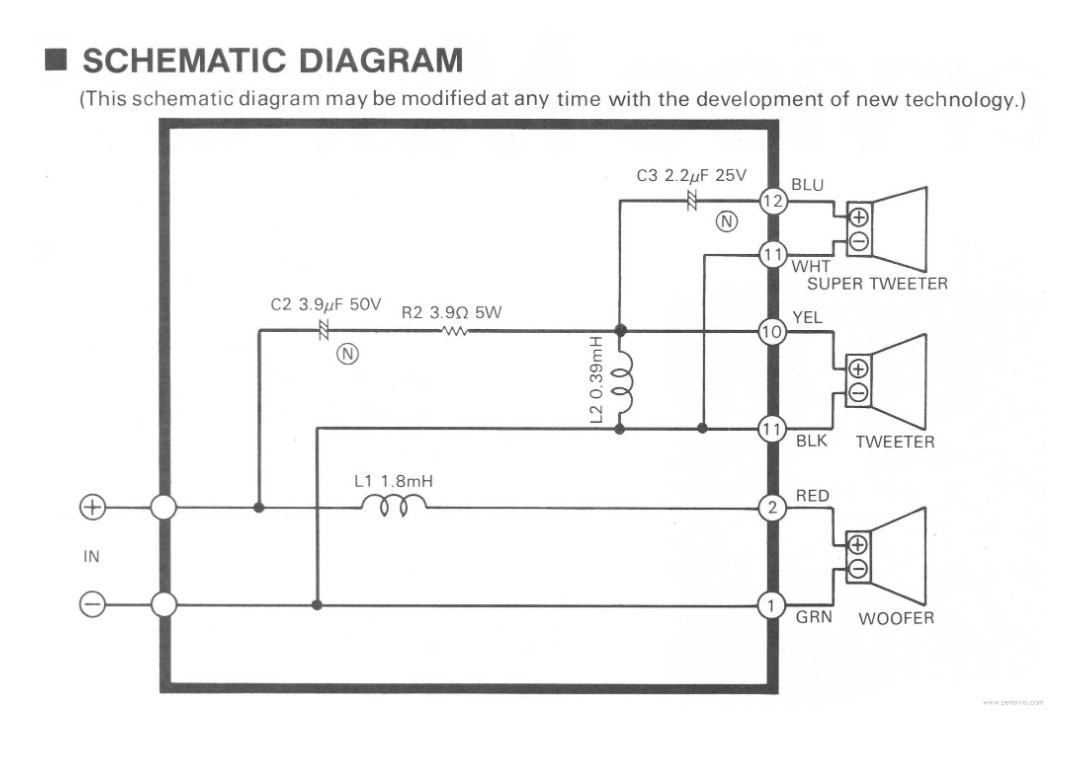this post was submitted on 15 Mar 2024
19 points (95.2% liked)
BudgetAudiophile
1051 readers
1 users here now
A place for AUDIO enthusiast to share, discuss and listen to others people setups
founded 2 years ago
MODERATORS
you are viewing a single comment's thread
view the rest of the comments
view the rest of the comments

The thing about speaker boxes like this (if they're built well) is that all the speakers are paired together based on the frequencies they handle best, and the crossovers are matched to those, so that each speaker is only being given the frequencies ot's best at reproducing. The obvious fix to to replace the tweeters with new ones with an equivalent frequency response. If that's not an affordable option at the moment, I can appreciate that, but any other fix is going to change the frequency characteristics of the box.
The simplest option is to just swap the dead tweeters with resistors equivalent to the tweeters. That'll ensure that the other two speakers continue operating the same, but the box as a whole will no longer replay those high frequencies at all.
The other option is to replace the whole crossover, like you suggested, to be a two-way instead of a three-way. You can look up a calculator for picking out R and C values, based on where you want the frequency cutoff to be. Your best bet is probably to use the same cutoff as the lower end of the existing crossover, sobthat the middle tweeter just now gets the same frequencies it was getting already, plus the additional upper frequencies. The risk is that it wasn't designed to reproduce those frequencies, so it may not play very well, and it might actually make the middle frequencies sound worse.